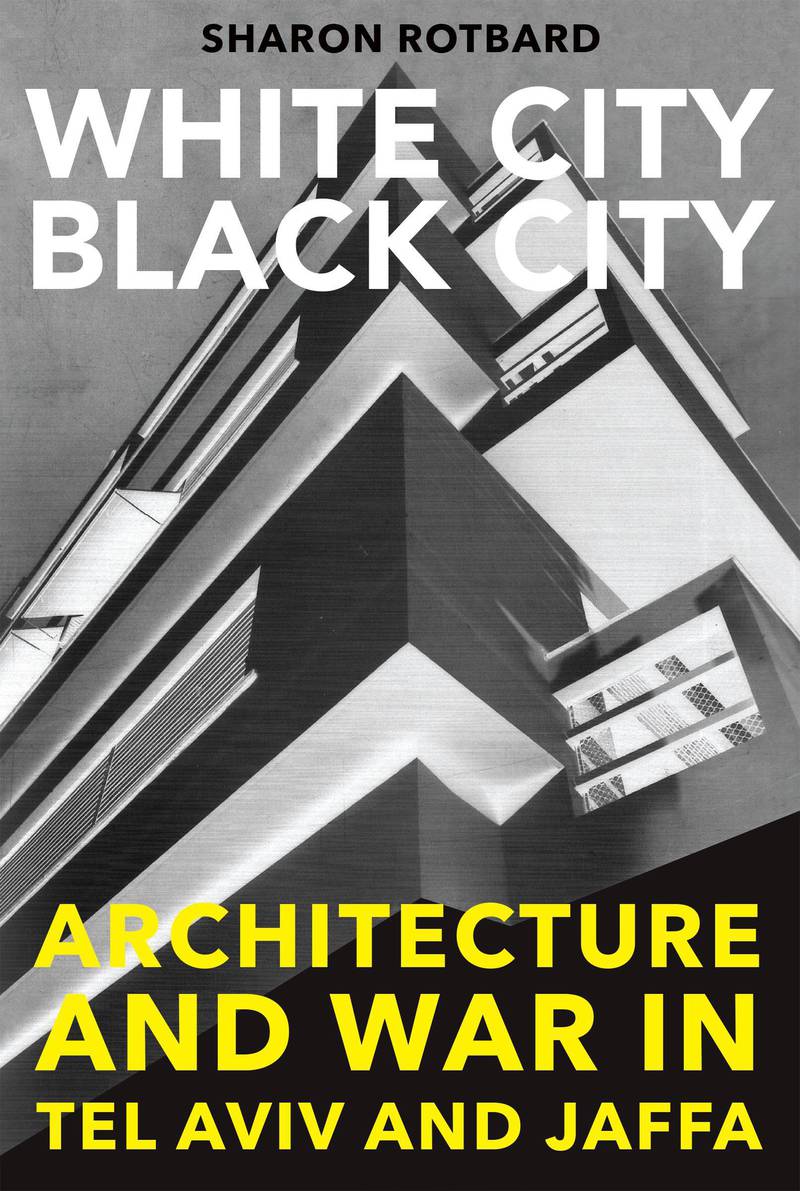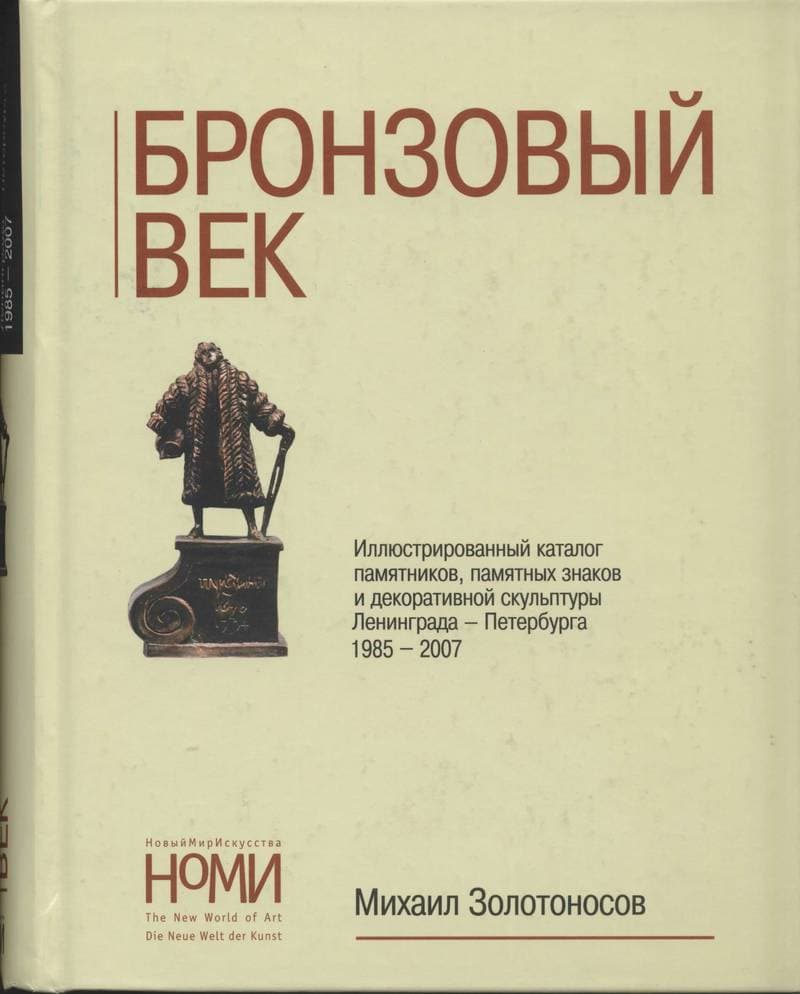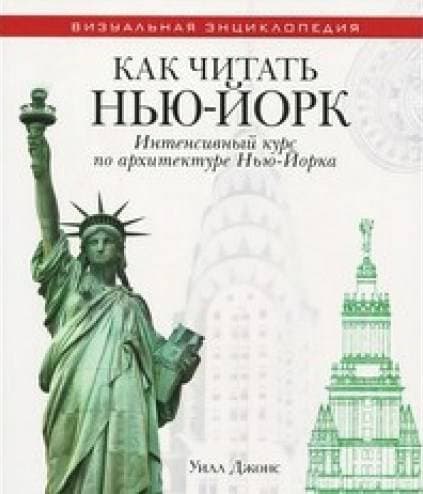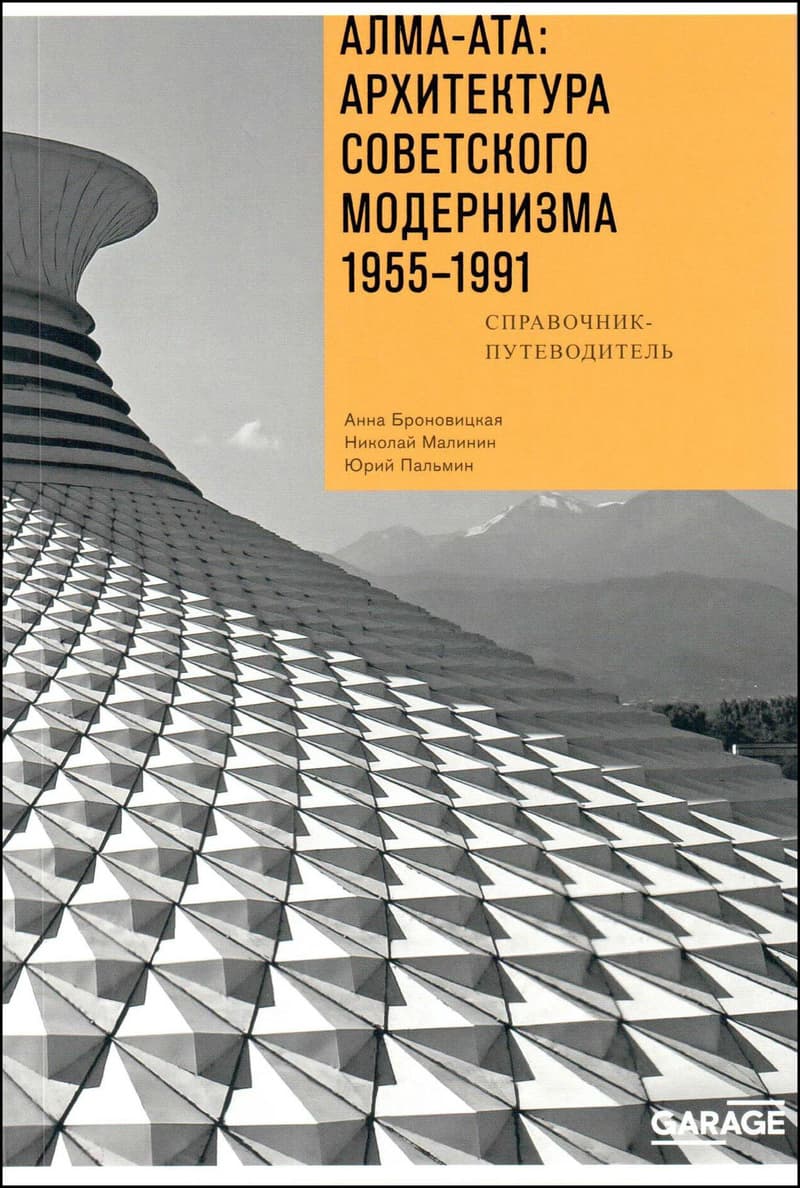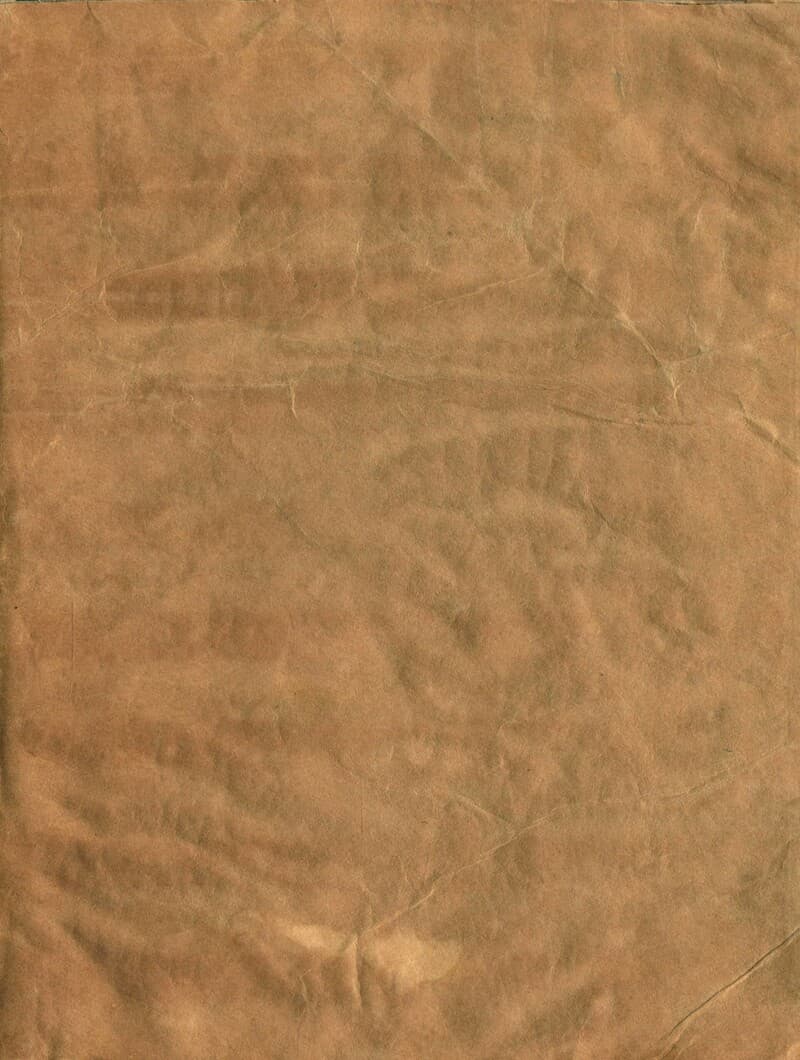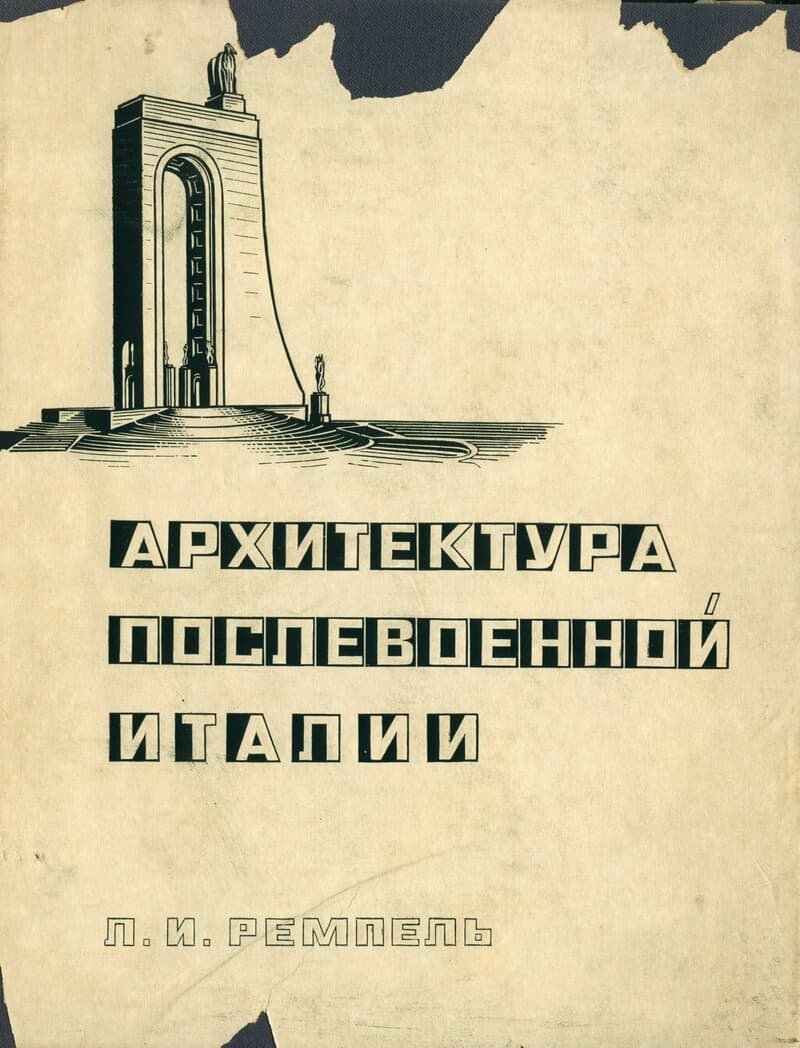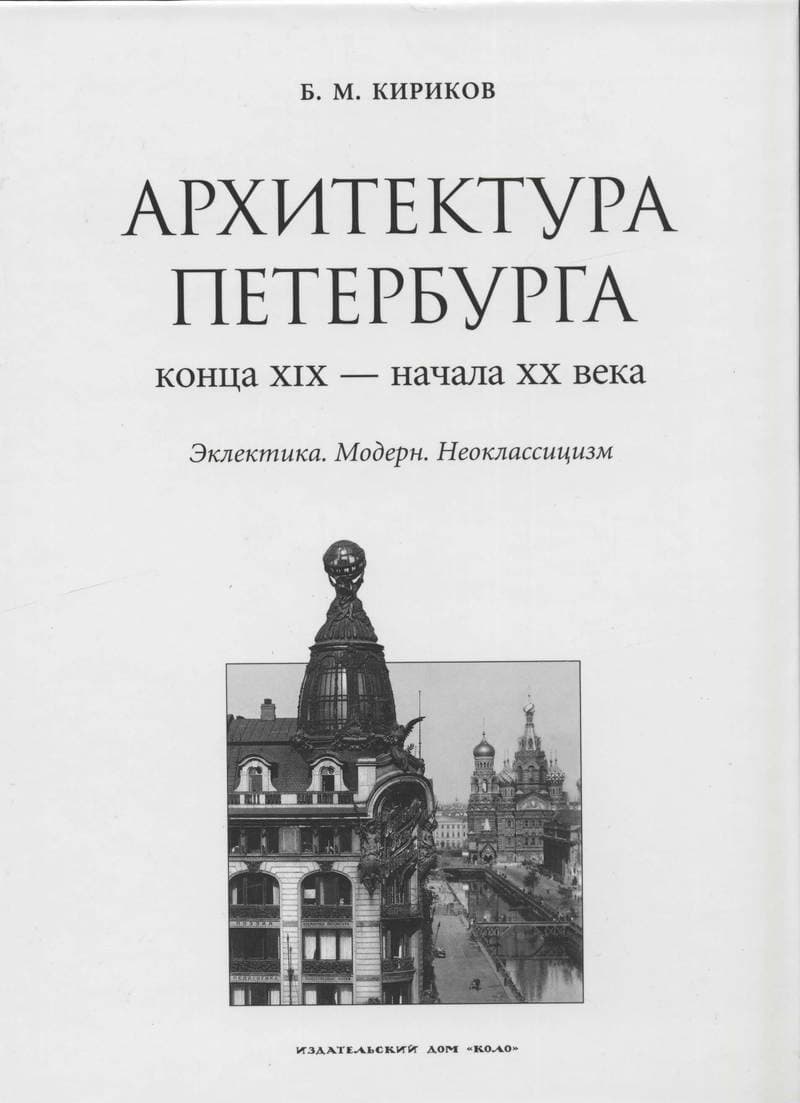White City, Black City: Architecture and War in Tel Aviv and Jaffa
The history of Tel Aviv, presented for a moment as an architectural history, can be seen as a part of a wider process in which the physical shaping of Tel Aviv and its political and cultural construction are intertwined, and plays a decisive role in the construction of the case, the alibi, and the apologetics of the Jewish settlement across the country. — White City, Black City In 2004, the city of Tel Aviv was declared by UNESCO a World Heritage Site, an exemplar of modernism in architecture and town planning. Today, the Hebrew city of Tel Aviv gleams white against the desert sky, its Bauhaus-inspired architecture betraying few traces of what came before it: the Arab city of Jaffa. In White City, Black City, the Israeli architect and author Sharon Rotbard offers two intertwining narratives, that of colonized and colonizer. It is also a story of a decades-long campaign of architectural and cultural historical revision that cast Tel Aviv as a modernist “white city” emerging fully formed from the dunes while ignoring its real foundation — the obliteration of Jaffa. Rotbard shows that Tel Aviv was not, as a famous poem has it, built “from sea foam and clouds” but born in Jaffa and shaped according to its relation to Jaffa. His account is not only about architecture but also about war, destruction, Zionist agendas, erasure, and the erasure of the erasure. Rotbard tells how Tel Aviv has seen Jaffa as an inverted reflection of itself — not shining and white but nocturnal, criminal, dirty: a “black city.” Jaffa lost its language, its history, and its architecture; Tel Aviv constructed its creation myth. White City, Black City — hailed upon its publication in Israel as “path-breaking,” “brilliant,” and “a masterpiece” — promises to become the central text on Tel Aviv. Praise for the Israeli edition of White City, Black City “A path-breaking and brilliant analysis.
Данные книги
Лондон
2015
244 страницы
9780745335117
Доступ по запросу
Да
Да
721 Тел
1
- Старинные усадьбы и дачи Подмосковья. Библиографический указатель. 2007–20162018
- Бронзовый век: иллюстрированный каталог памятников, памятных знаков и декоративной скульптуры Ленинграда — Петербурга 1985–20072010
- Как читать Нью‑Йорк. Интенсивный курс по архитектуре Нью‑Йорка2012
- Кратовские дачи2021
- Нижний Новгород: 1990–2001. Архитектурный гид / Nizhni Novgorod: 1990–2001. Architectural Guide2001
- Алма-Ата: Архитектура советского модернизма. 1955–1991. Справочник-путеводитель2018
- Путеводитель по Троицко‑Сергiевской Лавре, Гефсиманскому скиту и Вифании1882
- Архитектура послевоенной Италии1935
- Архитектура Екатеринбурга-Свердловска в период постконструктивизма: от конструктивизма через стилистику ар-деко к неоклассике (1934–1938)2023
- Архитектура Петербурга конца XIX — начала ХХ века. Эклектика, модерн, классицизм2006
- Проект восстановления города Истры1946
- Клуб строителей2016
